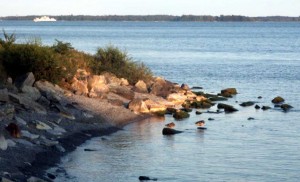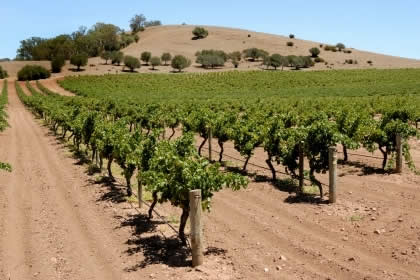The Great Lakes are some of the most impressive U.S. natural wonders. However, they are usually only considered a “destination” for people who live nearby. Here is an overview of each lake and reasons why you should venture to one of their shores for your next frugal adventure.
The Great Lakes are a gathering of massive lakes located in the northeastern region of the U.S., on the border of Canada and the US. Lake Superior, Lake Michigan, Lake Huron, Lake Erie and Lake Ontario comprise the largest group of freshwater lakes in the world. In certain cities around each lake, the tourism industry is alive and well, especially during the summer months. The Great Lakes are easily accessible by flying (or driving) to the cities of Chicago, Cincinnati, Cleveland, Detroit, Minneapolis/St. Paul, Philadelphia and Pittsburgh.
There are plenty of opportunities to camp and engage in outdoor activities like hiking and canoeing around the Great Lakes. There is even a hearty group of outdoorsy folk who surf the Great Lakes when the waves are big enough (especially Lake Superior and Lake Michigan).
If you’re interested in visiting all of the Great Lakes via car, you can take the historic Great Lakes Circle Tour, a scenic road system that connects all of the Great Lakes as well as the St. Lawrence River. If one or two lakes is more your style, you can branch off on individual “circle drives” that take you through some of the nicer tourist areas and scenic natural spots on the shores of each lake. For more information on this drive, see: Great Lakes.
Lake Superior
The largest of the Great Lakes, Lake Superior is bordered by Canada (Ontario), Minnesota, Wisconsin and Michigan. Major tourist regions on Lake Superior include the North Shore in Minnesota (there are a variety of state parks an natural areas in this region), Thunder Bay (at the Canadian border) and the Upper Peninsula of Michigan (Marquette is the major city).
Lake Michigan
Of the five Great Lakes, Lake Michigan is the only one that is entirely located within the U.S. (the rest share shoreline with Canada). In terms of volume, it is the second largest of the Great Lakes (behind Lake Superior). Major tourist regions on Lake Michigan include Door County and Mackinac Island.
Lake Huron
Lake Huron is bordered to the east by the Canadian province of Ontario, and to the west by Michigan. A popular tourist spot on Lake Huron is Bruce National Park (located on the Bruce Peninsula that nearly separates Georgian Bay from Lake Huron) known for its impressive limestone cliffs.
Lake Erie
The smallest of the Great Lakes (in terms of volume), Lake Erie is bordered by Ontario to the north, Ohio, Pennsylvania and New York to the south and Michigan to the west. Water from the lake powers the large turbines at Niagara Falls that provide power to both Canada and the U.S. One of the major tourist regions on the lake is Ohio’s Lake Erie Shores & Islands
Lake Ontario
The last in the chain of the Great Lakes (it is an outlet to the Atlantic Ocean by way of the St. Lawrence River) is bordered to the north and southwest by Ontario and to the south by New York. One of the major tourist areas is Nigara-on-the-Lake, near the famous Niagara Falls.
St. Lawrence River
Though it’s technically not one of the Great Lakes, the St. Lawrence River connects Lake Ontario to the Atlantic Ocean and constitutes the eastern limit of the Great Lakes Region. The river crosses the Canadian provinces of Quebec and Ontario and forms a section of the U.S./Canadian border between Ontario and New York. The 1000 Islands Region is one of the major tourist areas near the St. Lawrence River.

